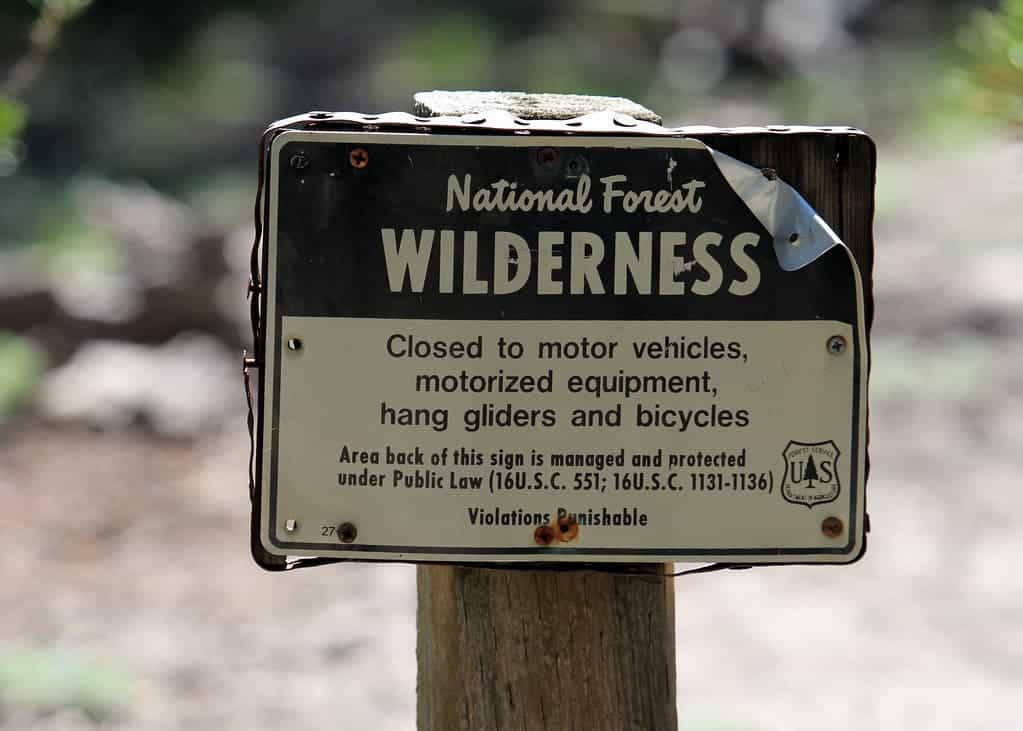A new study is looking into the social and economic effects Half-Earth-type conservation schemes would have on local and global communities. Over a billion people around the world would be impacted by such measures, they explain.

Image credits Jason Crotty / Flickr.
Back in 2016, American biologist Edward Osborne Wilson published ‘Half-Earth: Our Planet’s Fight for Life’. The book proposes that we designate half the planet as a human-free natural reserve in order to preserve biodiversity.
The idea is definitely catchy — there’s something romantic about the idea of keeping half the planet wild, and it would definitely go a long way towards protecting nature. While policymakers and conservationists are starting to consider the idea in various forms ( such as the ‘Global Deal for Nature‘ which aims for 30% protection by 2030 and 50% by 2050) we still have a very poor idea of how a Half-Earth-type scheme would impact human society.
Half-earthing it
“People are the cause of the extinction crisis, but they are also the solution,” said Dr. Judith Schleicher, who led the new study, published today in the journal Nature Sustainability.
“Social issues must play a more prominent role if we want to deliver effective conservation that works for both the biosphere and the people who inhabit it.”
Species go extinct all the time, that’s just how mother nature rolls. The ‘extinction crisis’ Dr. Schleicher mentions is an increase in that natural rate of extinction (called the baseline extinction rate) caused by human activity — with habitat destruction and pollution being the main culprits.
Faced with this extinction crisis, and with humanity’s overall disastrous effect on the natural balance of our planet, activists have picked up on Wilson’s idea and are calling for more ambitious conservation targets than ever before. A new study comes to assess how many people worldwide would be impacted, and who and where they are specifically, if half the planet was used to preserve the diversity of the world’s habitats.
For the study, they analyzed global datasets to determine the areas we’d need to give conservation status to add up to 50% protection for every ecoregion (areas of distinct habitats such as Central African mangroves and Baltic mixed forests). The team reports they made every effort possible to avoid specific “human footprints” such as cities of farmland.
This “conservative” estimate still holds that over a billion people, primarily in middle-income countries, would be affected by a Half-Earth scheme. However, many of the world’s rich and populous countries in the Northern Hemisphere would also need to massively expand on lands with conservation status, including areas we may be loathe to give up — the authors cite parts of London as an example. They cautiously estimate that an additional 760 million people would find themselves living in areas with new conservation status, a fourfold increase of the number of residents inside protected areas today.
The team says that issues of environmental justice and human wellbeing should be at the forefront of the conservation movement. They hope that their findings will help world leaders agree of global conservation targets at next year’s Convention on Biological Diversity in Beijing.
“Goals that emerge from the Convention on Biological Diversity could define conservation for a generation,” said Schleicher. “We need to be ambitious given the environmental crises. But it is vital that social and economic implications at local levels are considered if the drivers of biodiversity loss are to be tackled. The lives of many people and the existence of diverse species hang in the balance.”
“Failing to consider social issues will lead to conservation policy that is harmful to human wellbeing and less likely to be implemented in the first place.”
The team calls for proponents of Half Earth, and all supporters of area-based conservation, to “recognise and take seriously” the human consequences – both negative and positive – of their proposals.
“Living in areas rich in natural habitat can boost mental health and wellbeing. In some cases, protected areas can provide new jobs and income through ecotourism and sustainable production,” said Schleicher.
“However, at the other extreme, certain forms of ‘fortress’ conservation can see people displaced from their ancestral home and denied access to resources they rely on for their survival.”
The paper “Protecting half of the planet could directly affect over one billion people” has been published in the journal Nature Sustainability.


